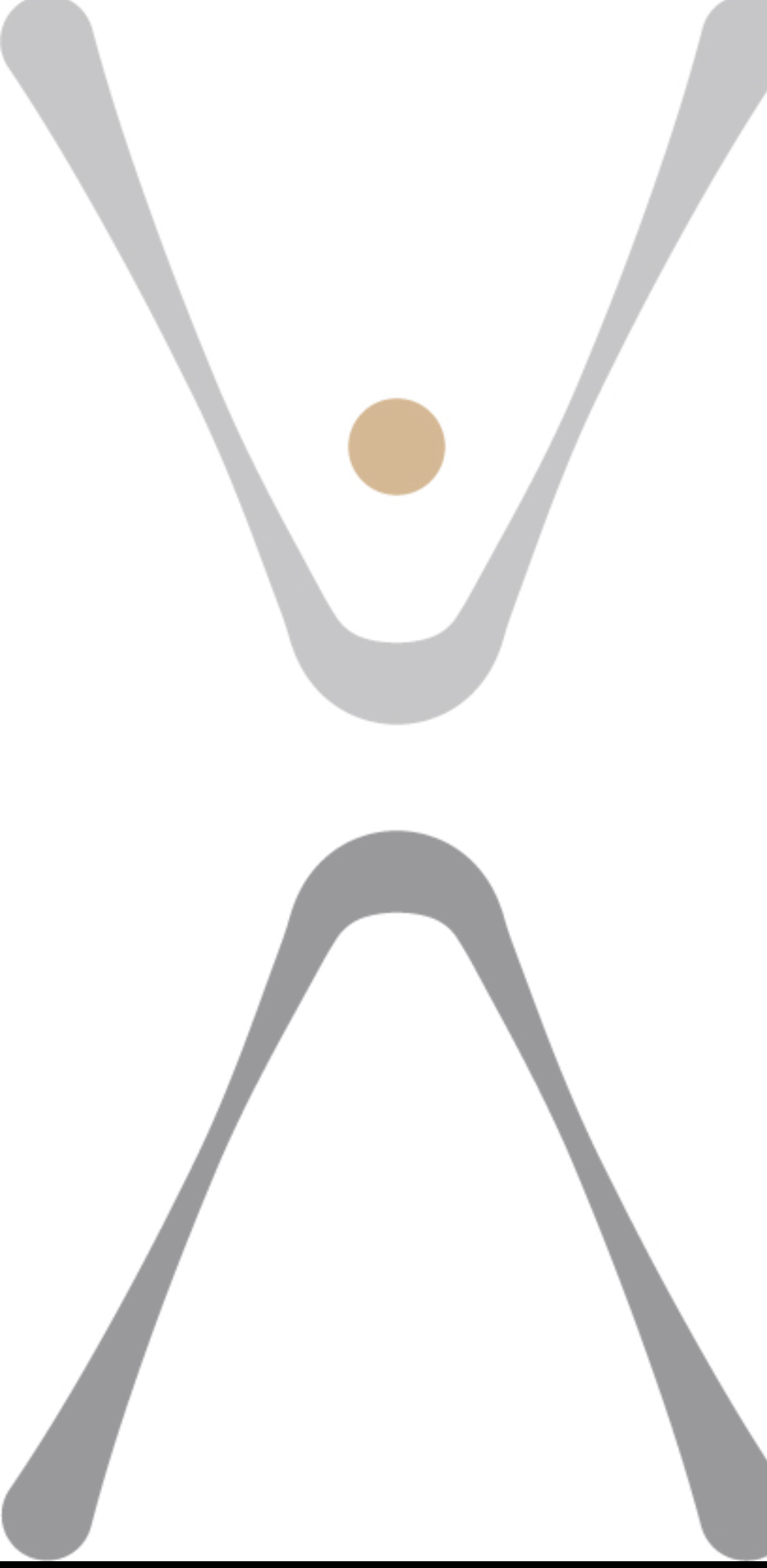What is your core and what's all the hype?
- Brynn Patterson

- Oct 1, 2020
- 3 min read
Updated: Oct 11, 2024
Every single exercise performed during a Pilates session activates and strengthens core muscles. But what exactly are the core muscles and why are they so important that an entire form of exercise would focus so intently on them?
The core muscles are the deepest layer of musculature closest to the skeleton extending from the base of the skull to the pelvis. The purpose of these muscles is to hold your skeleton in balanced alignment while you move your arms, legs and body through space. They keep your hips connected to your ribs connected to your shoulder girdle. They are meant to have a resting tone…meaning they are on all the time you are awake at about 20% of their firing capacity.

Non core muscles are not meant to have this resting tone and if they try to take over for the core muscles they become tight, achy and sore. For example if your deep core transverse abdominal muscle is not engaging, then your low back muscles may be over working to support your torso, becoming tight and achy. Or, if your deep shoulder stabilizers are not doing their job, then your neck and upper traps (muscle running from top of shoulders to neck) will be tight and sore from holding up your shoulders.
There are a few common reasons why the core muscles stop functioning properly. One main reason is our modern lifestyle. Prolonged sitting on comfy over cushioned chairs that your body is able to “melt” into makes the role of your core muscles obsolete. They no longer have to support your body because the cushions and pillows do their job. Sitting on a hard rock, bench or chair like our ancestors did made it imperative that the core muscles still supported you, as did walking or riding a horse to all destinations.
Core muscles also turn off due to injuries. If you sustain a shoulder or back injury your body automatically “guards” that area…turning off the deep core muscles surrounding the injury and protecting it with the large superficial muscles near that area. However, once the injury heals it is common for the core muscles to not automatically turn back on.
The third main reason for core muscles to not function properly is pregnancy. Our modern lifestyle post pregnancy along with core muscles being stretched, separated or cut through significantly disrupts the normal functioning of the core. Intentional work to retrain and wake up the core safely after pregnancy is very important for keeping low back and shoulder tension at bay.
So how does Pilates train the core? Pilates uses a variety of equipment/apparatus to unweight gravity from the limbs allowing the large superficial muscles to quiet so that the deep core muscles can be properly retrained. The core muscles will be taught how to work efficiently in all body positions to support all movements. As you progress through this training process more resistance is slowly added along with more challenging body positions. You then begin to see the results of more graceful movement, improved posture during all movements, decreased joint and spine pain as well as improved flexibility (no more tight hip flexors and hamstrings). Those large glamorous superficial muscles (biceps, 6 pack, glutes) also benefit from this training. They can now lift heavier weights while also appearing less bulky since they are working more efficiently and are well supported.




Comments